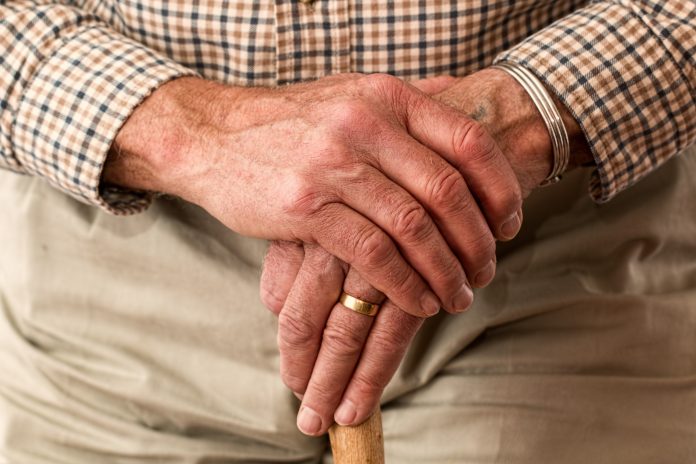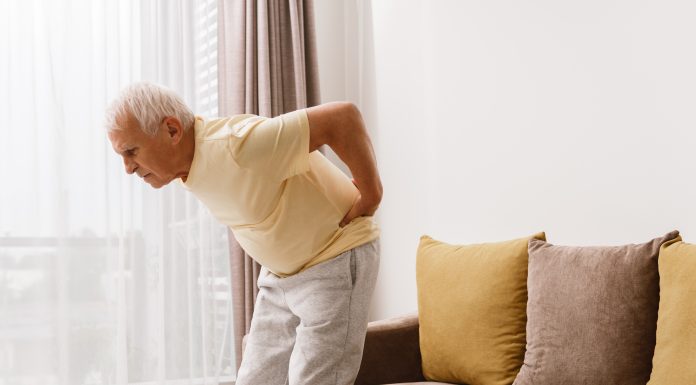Being an older adult comes with a unique set of challenges, memory loss, sleep disturbances, and new aches and pains are just a few of the things we get to look forward to in our twilight years.
As much as none of those things seem like the makings of a good time, they sure beat the only other alternative to growing old. One of the scariest parts of getting older is that your risk of falling and doing serious damage increases exponentially. One in every four older adults will fall this year, some more than once.
Falls are the number one cause of injuries in adults over 65 and often result in fractures, cuts, and even serious head injuries that can be fatal. Even if there aren’t serious injuries, falls can be traumatic and add undue stress to the lives of our elderly loved ones.
Below are the top five essential home fall prevention strategies to keep your senior loved ones as safe as possible:
-
Clutter Free Living
The easiest, quickest, and least expensive way to prevent falls is to keep the house neat. Older folks love surrounding themselves with nostalgic items that bring back happy memories, like newspapers, books, magazines, and photo albums.
While keeping these items in the home is encouraged to keep their minds active, they must get packed away safely so they don’t cause falls. Remove all clutter and keep pathways and hallways clear.
-
Clothing Checks
So many falls are caused by clothing items that get snagged and hooked where they shouldn’t, or from hems that drag on the ground. Although you want your older loved ones to feel comfortable at home after they retire, baggy clothing can make them more likely to fall.
Help them choose better-fitting and professionally hemmed clothing that doesn’t bunch up or get caught on items it shouldn’t like door handles or cupboard hinges.
-
Grab Bars and Handrails
Older adults tend to have increasingly limited mobility after a certain age, so additional safety devices must get used to keep them safe. Getting on and off the toilet or in and out of the bathtub can become a hazardous activity after age 65.
Install items to assist your elderly loved ones like handrails and grab bars. Learn how to measure for a handrail and then do an audit of their living spaces to decide how many to install.
-
Adequate Lighting
Fall-proofing a home is not complete without installing adequate lighting. As we age, our senses start to decrease. Our hearing and eyesight are two of the first to go, which means that better lighting is needed to help home navigation.
Install bright lights in dim areas that would otherwise be hazardous, like stairways and narrow spaces. You should also consider adding night lights in bathrooms and bedrooms for ease of movement at night.
-
Choose Non-Slip Accessories
Bathrooms and kitchens are two of the most hazardous places in a home for the elderly as these areas become extremely dangerous when wet. To prevent falls on slick surfaces, always choose non-slip mats.
These work best when combined with guardrails. Always encourage your older loved ones to be extra careful when negotiating wet floors. For seniors, fall prevention is injury prevention so anything done in the name of safety will help keep your loved ones safe in their home.
























